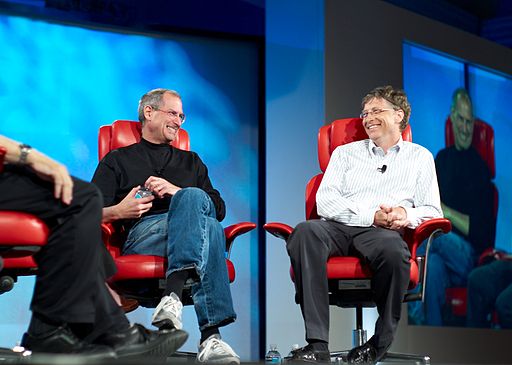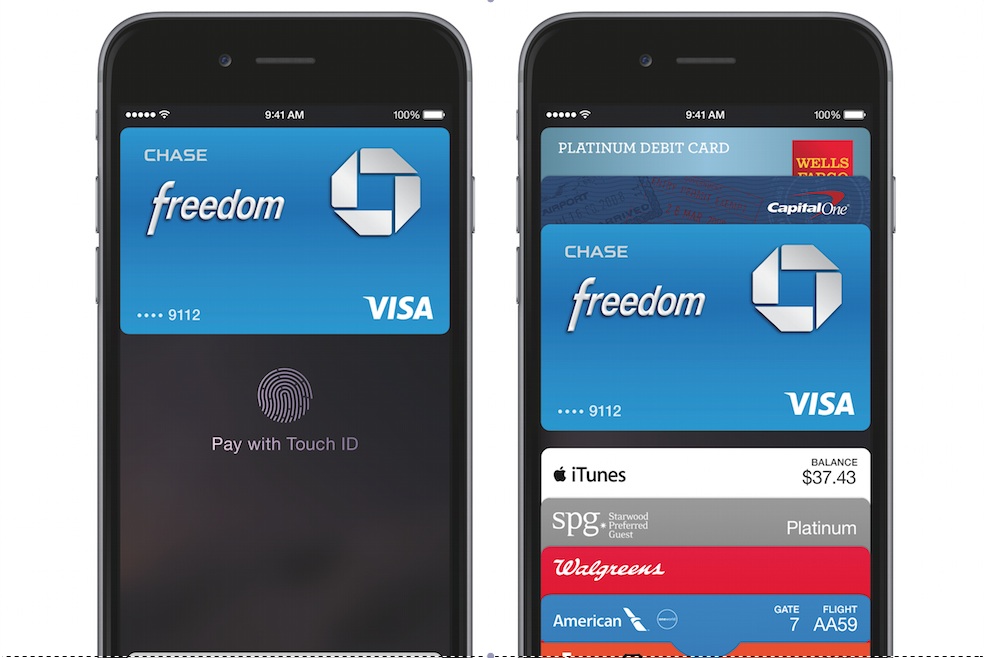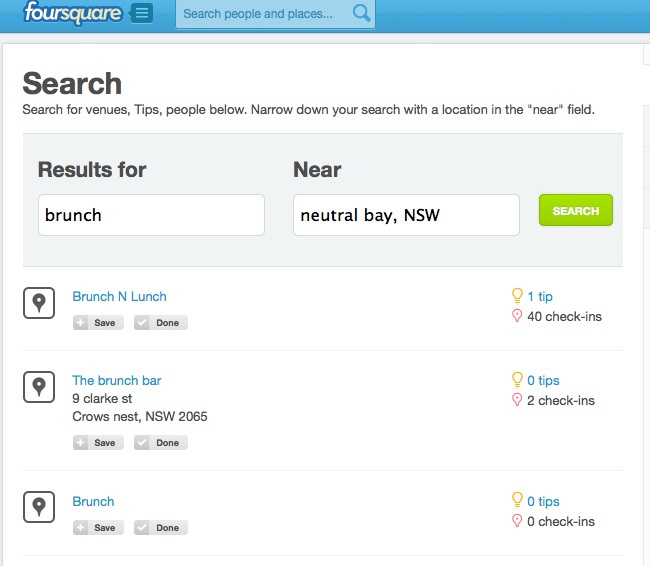The future of retail is being fought out on three fronts believes eBay’s Michael Camplin — global, local, mobile and data.
At eBay’s Commerce Innovation Showcase at its San Jose head office Champlin shows visiting partners, media and government officials part of the payments giant’s vision for that future.
“It’s about connecting buyers and sellers across the globe,” says Champlin. “Local is important for us because even with the growth of the online ecommerce revolution that we’re in the middle of right now we still see 75% of commerce happens within fifty miles of the customer and 90% of that happens in bricks-and-mortar stores.”
“So to be able to connect buyers and sellers in those local stores is a major push we have at eBay.”

The first presentation in the tour demonstrates a day in the life of an eBay customer from the bedroom of a fictional customer, Reese McLaren, a funky young guy shopping for new equipment ahead of a camping trip. Champlin illustrates how Reese can order, pay and collect through a store’s integrated online service from his home.
On the other side of the transactions, store employees use the PayPal apps like Red Lazer and Braintree to complete the order. A key part of that is using beacon technologies to log a customer into the store to alert staff that a customer has arrived to collect an order.

At the next stage of the tour, we visit some demonstration stores; first we start with the Burger Bistro where eBay’s Eric Armstrong shows how restaurant’s point of sale system is integrated with PayPal services, showing waitstaff who is logged in through the company’s app.
Integrating PayPal’s services into the establishment’s point of sale system means customers can order through the PayPal Wallet service and waitstaff know if a customer has paid through the app.

The app also speeds up settling customers’ bills as diners can pay the check through their phone and not bother with using cash or swiping credit cards.
One key point with PayPal Wallet is that users can enter any payment form that suits them and choose whichever option suits them at the time including direct bank transfers and credit cards.

Another area that PayPal are pushing out are coupon offers. At present the company is subsidising them as they test how the services work. The objective is to offer a digital equivalent of everything people currently have in their wallets.
For staff, eBay are offering the ability to bring your own device for point of sale systems with cloud base apps turning staffs’ tablets and smartphones into POS terminals.

Tying into the Point of Sale capability is the PayPal Now service that allows establishments to swipe credit cards directly into the app through a dongle that reads the chip or stripe. Despite the rise of online payment services, swiping credit cards is still the main way US customers pay their bills.

Despite the continued popularity of credit cards, eBay are hoping to move customers over to the online services through ease of service; the one stop authentication service means customers are logged into the payment platform as soon as they check into a location.
One area PayPal sees great opportunity in stadiums and major events where attendees automatically check in and can then access food and souvenir stands without having to re-authenticate or authorise each purchase they make.

A key part of eBay’s retail strategy is the use of beacons to monitor customers entering establishments. The one illustrated is the PayPal beacon that was a limited release earlier this year. The device doesn’t have its own battery, instead relying on a USB socket for power.
Two weeks after this tour Apple launched its Pay service with its range of integrated APIs to offer many of things shown in this showcase. eBay and its Braintree subsidiary was conspicuously missing from the listed partners.
For PayPal and eBay the field has suddenly become more competitive, this is a sector that is now at the forefront of the battle between today’s internet empires.
Similar posts:











